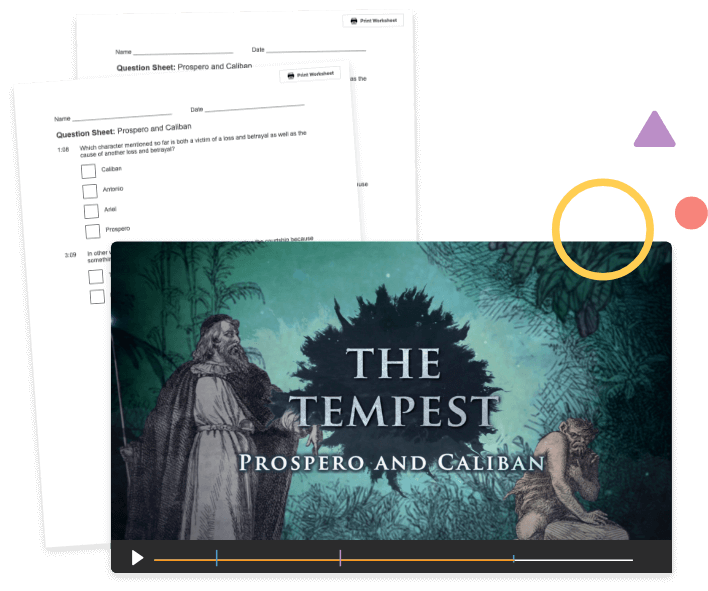What is differentiation in teaching?
Differentiated teaching is where educators use a range of methods to extend the knowledge and skills of every student in every class. This is regardless of their starting point. Differentiation aims to raise the level of performance of every student.
Key features of differentiation in teaching
The purpose of differentiation is to cater to all students, whether they are working toward grade level, at grade level or above grade level. Thoughtful differentiated teaching provides an appropriate level of challenge for all students in a class or lecture setting.
It does this by:
- Considering differences in student readiness and interest
- Taking into account the learning profile of individual students
- Using formative assessment to monitor progress towards and beyond student learning goals
- Implementing a range of teaching strategies that support varying abilities and learning styles
- Using open-ended tasks to facilitate students working at different levels and at their own pace
You can meet students where they are modifying:
- How you teach, including the language and terms used
- The types of activities undertaken by students (including success measures)
- How you explain a topic or concept
- The types of examples and analogies you use
Why use differentiation in your teaching?
Effective differentiation lifts the performance of all students
This means improved performance and outcomes for those students who are falling behind, as well as those ahead of year level expectations.
To help students master objectives
By planning lessons that incorporate adjustments for content, process and product, you can effectively help your students to master range of skills and learning objectives.
Use interactive videos for effective differentiated teaching
Use a common interactive as a pre-learning diagnostic tool. This activity can help you plan for differentiated learning for particular students or aspects of a new unit, concept or skill. You can then make different sets of interactives for a single video, targeting them to various students. Printing the interactives as worksheets can help a broader range of students to access the material.
Learn more about interactive videos
Discover 3 more differentiated teaching strategies
-
Videos
You can provide multiple videos that demonstrate a concept or topic from different angles to tap into different students’ learning styles. Transcripts and closed captions are also available for many videos to cater for hearing impaired/EALD students.
-
Playlists
Targeted playlists allow you to set content for different groups of students dependent on their capabilities. Create a playlist for core material, with supplementary material to extend or remediate students as needed.
-
Student access
Students can record their own content, catering to those with significant anxiety around public speaking. They can complete oral tasks in a way that suits them. Students who miss lessons due to absence or school activities can easily catch up on content in their own time.
